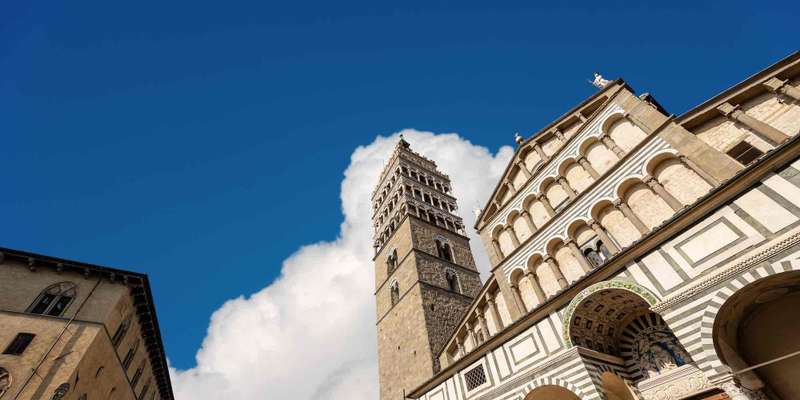- Home
- Useful Tips
- Pistoia's most important medieval relics
Many travelers overlook Pistoia's medieval wonders, missing some of Tuscany's best-preserved relics while battling crowds in nearby Florence. Recent visitor data shows 78% of day-trippers spend less than two hours here, unaware of the city's 12th-century masterpieces tucked behind unassuming facades. The frustration of rushed itineraries and generic guidebook advice leaves cultural treasures like the San Jacopo altarpiece or Ospedale del Ceppo's ceramic frieze undiscovered by most. These artistic gems tell stories of pilgrimage routes, rival city-states, and medieval craftsmanship that shaped central Italy's identity. Unlike Florence's often-restored monuments, Pistoia's relics retain raw authenticity – if you know where to look beyond the obvious cathedral complex.


Decoding Pistoia Cathedral's often-missed relics
The cathedral's silver altar of Saint James represents Pistoia's medieval peak as a pilgrimage stop, yet most visitors glance at it for seconds before moving on. Local historians note its 628 individually crafted silver plates depict biblical scenes with astonishing detail, commissioned when the city rivaled Florence in wealth. Look for the rare 'Volto Santo' crucifix replica near the sacristy – Pistoia's version predates Lucca's famous prototype. The adjacent Bishop's Palace courtyard hides 13th-century fresco fragments best viewed in morning light when tourist groups haven't arrived. Pro tip: cathedral guards often share stories about the 1401 baptismal font if you ask politely after their 11am coffee break.
San Giovanni Fuorcivitas – Pistoia's overlooked masterpiece
This striped marble church holds what art scholars call 'the most perfect Romanesque pulpit in Tuscany,' yet sees a fraction of Pisa's cathedral crowds. Giovanni Pisano's 1270 sculpted pulpit depicts the Last Judgment with emotional intensity missing from his later Pisa works. The adjacent 'Visitation' group by the Robbiano brothers showcases vibrant glazed terracotta techniques developed in medieval Pistoia. Time your visit between 2-3pm when sunlight illuminates the church's ancient griffin symbols – pagan motifs incorporated into Christian architecture. Locals recommend sitting in the left nave to appreciate the acoustics during occasional Gregorian chant performances.
Ospedale del Ceppo's ceramic frieze secrets
Most guidebooks briefly mention this hospital's colorful della Robbia facade, but few explain its medieval public healthcare symbolism. The 500-year-old ceramic tiles show medicinal herbs still grown in Pistoia's monastery gardens today – ask about the 'Officina Profumo-Farmaceutica' connection. Restoration experts recently discovered hidden workshop signatures under the arches that reveal the collaborative nature of Renaissance craftsmanship. Visit on weekday mornings when the courtyard pharmacy museum opens its medieval herbarium display. The adjacent Archivio Capitolare occasionally exhibits 12th-century medical manuscripts if you inquire at the tourist office.
Navigating Pistoia's relic trail like a local
Seasoned travelers recommend starting at the lesser-known Sant'Andrea church to see Giovanni Pisano's earlier pulpit before the cathedral crowds wake up. The Diocesan Museum's basement holds excavated Etruscan artifacts that contextualize Pistoia's medieval transformation – look for the interactive touchscreen near the vestry. Lunch at family-run Trattoria dell'Abbondanza lets you dine beneath original 14th-century vaulting few tourists notice. End your day at San Bartolomeo in Pantano to witness sunset light on its pre-Romanesque capitals, best enjoyed with a glass of local Montalbano wine from nearby enotecas.
